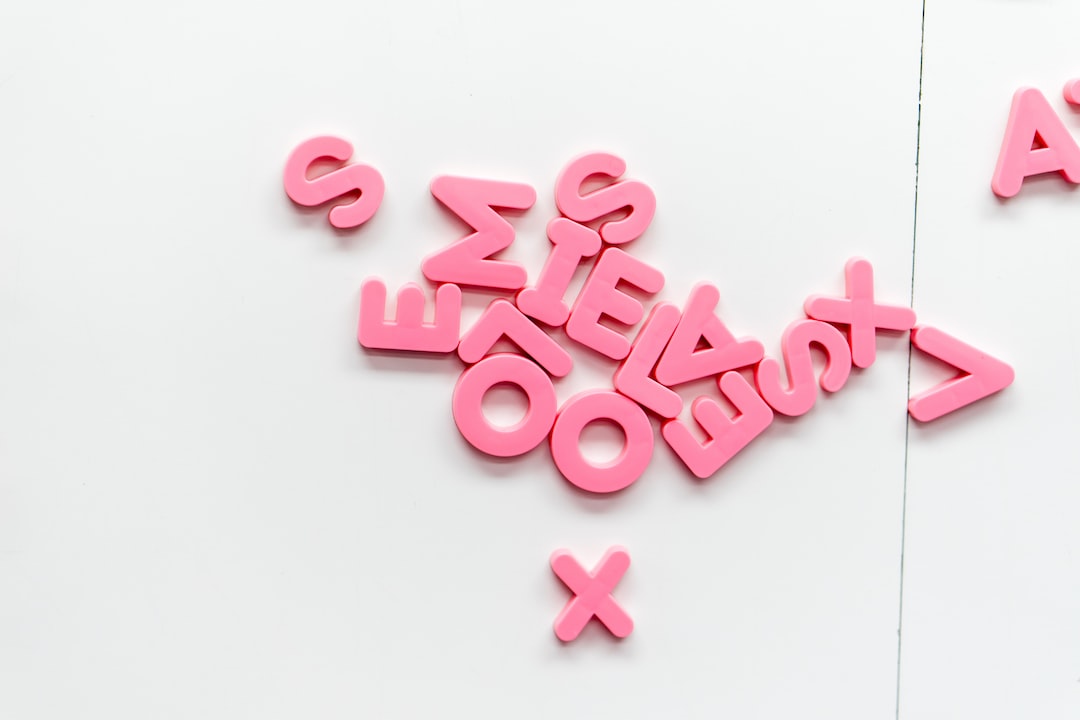Introduction
Table of Contents
Embarking on the path of language learning brings with it unique difficulties for each specific language. Within the world’s vast array of spoken tongues, Polish holds a reputation as one of the more challenging languages to master. This daunting status is a result of the language’s complex grammar, pronunciation, and the cultural depth that often goes beyond what’s written in textbooks. This article illuminates the factors that contribute to the perception that Polish is the hardest language to learn. When delving into a language’s complexity, aspects such as grammatical rules, sounds, writing systems, vocabulary, and contextual usage need to be considered. By examining these facets, we’ll explore the legitimacy of Polish’s reputation as a linguistic giant.
Unpacking the Myth: Is Polish Really the Hardest?
Determining the difficulty of a language is quite subjective and heavily relies on a learner’s own linguistic background. For instance, speakers of other Slavic languages may find Polish less challenging than an English speaker would. When we stack Polish against other languages that are frequently tagged as tough, like Mandarin with its tone-based system or Arabic with its complex writing and diverse dialects, we see the relativity of difficulty. Language difficulty rankings, such as those from the Foreign Service Institute (FSI), provide insight but are anchored in the subjective experiences of primarily English-speaking learners. Polish ranks as a tough language on these scales, yet we must keep in mind that each person’s language learning journey is unique.

Complex Grammar Structures in Polish
Challenging Cases and Gender System
The complexity of Polish is evident in its case system, where nouns, pronouns, and adjectives change form according to their role in a sentence. Polish speakers juggle seven cases: nominative, genitive, dative, accusative, instrumental, locative, and vocative—each varying based on gender and quantity. Males, females, and neutral items are identified differently within the language, which can be a maze for learners with genders splitting further into sub-categories like personal and non-personal.
Verb Aspect and Conjugation
Polish verbs reflect actions not just in time but also in their nature—whether they are finished or still in progress. Instead of relying on helping verbs like in English, Polish uses entirely different verb forms to make this distinction. The patterns for conjugating verbs are plentiful and filled with exceptions, presenting a formidable challenge to newcomers.
The Infamous Polish Pronunciation
Consonant Clusters
One of the most talked-about hurdles in Polish pronunciation is its consonant clusters, where several consonants join together without vowels in between. Terms like ‘szczęście’ or ‘źdźbło’ twist tongues and can intimidate learners at first blush.
The Nuances of Vowels
While Polish vowels might not appear too complicated at first glance, their correct pronunciation involves finesse and awareness. These vowels can be short, long, or nasalized, and even slight variations can alter the meanings of words significantly, requiring learners to pay close attention to master these subtle differences.

Writing and Spelling Hurdles in Polish
Orthography and Diacritical Marks
Polish orthography, or its standard spelling rules, are complicated by special characters called diacritical marks. These marks, such as the kreska or ogonek, do much more than decorate—they’re essential for correct pronunciation and can affect the meaning of words.
Spelling and Pronunciation Discrepancies
Though largely phonetic, the Polish spelling system isn’t without its quirks. Some spelling and pronunciation mismatches remain due to historical language changes not always captured in writing, leaving learners with a list of exceptions to recall.
Vocabulary: Borrowings and Slavic Roots in Polish
Influence of Other Languages
While Polish has incorporated words from various languages like Latin, German, and even English, these loanwords are often tailored to fit the unique phonetic and grammatical mold of Polish, making them harder to identify and use correctly.
Unique Slavic Vocabulary
Polish is deeply rooted in its Slavic heritage and shares much of its base vocabulary with related languages. Yet it also boasts a considerable number of unique terms that don’t find direct translations elsewhere—this uniqueness is enthralling but can bewilder learners.
Contextual and Cultural Nuances in Polish
Formality and Addressing Others
In Polish, social stature, age, and familiarity dictate the level of formality used in conversations. For learners, this means understanding social cues and cultural contexts to navigate communication effectively.
Cultural Idioms and Expressions
Idioms and expressions encapsulate cultural wisdom and experience within any language. Polish idioms often elude direct translation and require learners to immerse themselves in the culture to comprehend their true essence and apply them correctly.

The Learning Experience: What Learners Say About Polish
Personal Learner Testimonies
Learner stories about Polish are a mixed bag of triumphs and trials. These personal anecdotes highlight the resilience necessary to take on and triumph over the language’s formidable reputation.
Strategies and Tips for Tackling Polish
Despite the varying experiences, consensus exists around effective strategies for learning Polish. Immersion, regular practice, drawing parallels with other Slavic languages, and using mnemonic devices to grasp complex grammar and vocabulary are all strategies that resonate with many learners. While each person’s path to mastering Polish is distinct, the collective experience provides valuable pointers for anyone up to the task.
Conclusion
When we consider Polish’s intricate grammar, tricky pronunciation, distinctive vocabulary, and rich cultural elements, it becomes clear why many see it as a difficult language to learn. Yet, this challenge should not discourage but rather inspire determined learners. Immersing oneself in a new language is to embrace a new culture, and Polish is no different, promising rich rewards for those who persist. The journey toward fluency might be demanding, but it’s also a pathway to profound growth and a deepened connection with the history and culture woven into the fabric of the Polish language. For those wanting to start this journey, an excellent starting point can be found through online platforms, such as the world’s best way to learn a language.
Frequently Asked Questions about Learning Polish
Why is Polish often regarded as the hardest language to learn?
Polish is considered one of the toughest languages due to its complex grammar structure, notably the case and gender systems, challenging pronunciation with consonant clusters and nuanced vowels, as well as the orthography that includes special diacritical marks. Moreover, the language has a rich cultural legacy that influences its idiomatic expressions and social protocols.
Can speakers of other Slavic languages learn Polish more easily?
It’s generally true that speakers of other Slavic languages might find Polish less difficult as they are already familiar with some grammar and vocabulary. However, Polish still presents its own unique challenges that require study and practice, even for those with a Slavic language background.
How important are cultural nuances in learning Polish?
Cultural nuances play a significant role in learning Polish. They shape the language’s formal and informal registers and are deeply embedded in idiomatic expressions. To use Polish effectively, one must understand these cultural aspects, which often extend beyond what’s taught in traditional language courses.
What learning strategies are recommended for mastering Polish?
Effective strategies include immersive learning experiences, regular practice, leveraging similarities with other Slavic languages if applicable, and employing mnemonic devices for complex grammar rules. Personal anecdotes from learners suggest that persistence and a willingness to engage with the language’s cultural background are essential.
Where does Polish stand in language difficulty rankings?
Polish often ranks as a difficult language on scales such as those by the Foreign Service Institute (FSI), mainly geared towards English speakers. However, it’s important to remember that language learning is a deeply personal journey and perceived difficulty can vary widely from person to person.